Yellow-necked Mouse – Apodemus flavicollis

Similar to, though slightly larger than the wood mouse, the yellow-necked mouse has a more limited distribution in Britain, mainly restricted to southern England and Wales.
When sitting upright its characteristic yellow-brown collar patch can be seen, distinguishing it from the wood mouse.
Its diet is similar, although they are more agile and able to climb higher into undergrowth to nibble young buds. Fruits, nuts and cones form the bulk of its diet and they will also venture into farm buildings to find this from time to time.

| Origin: | Native. |
| Size: | Body 9 – 1.3 cm, tail 9 – 13.5 cm. Weight: 15 – 30 g. Larger than a house mouse. |
| Description: | Dark brown above, orangey flanks and paler underside with yellowy collar patch. Protruding eyes, large ears, long tail. |
| Habitat: | Mature woodlands, hedgerows and wooded gardens. |
| Young: | Breed March – October, peak July – August. Usually 3 litters of 3 – 10 (usually 5) young are produced per year; females can breed at 5 months. Life expectancy 12 – 24 months, very few survive two winters. |
| Nest: | Below ground, usually under the roots of trees, consists of a ball of dry grass, moss and leaves. |
| Diet: | Omnivorous: seedlings, buds, fruit, nuts, insects, larvae and spiders. Food is stored in underground burrows or occasionally in disused bird nests. |
| Population: | Pre-breeding season estimated to be up to 750,000. |

